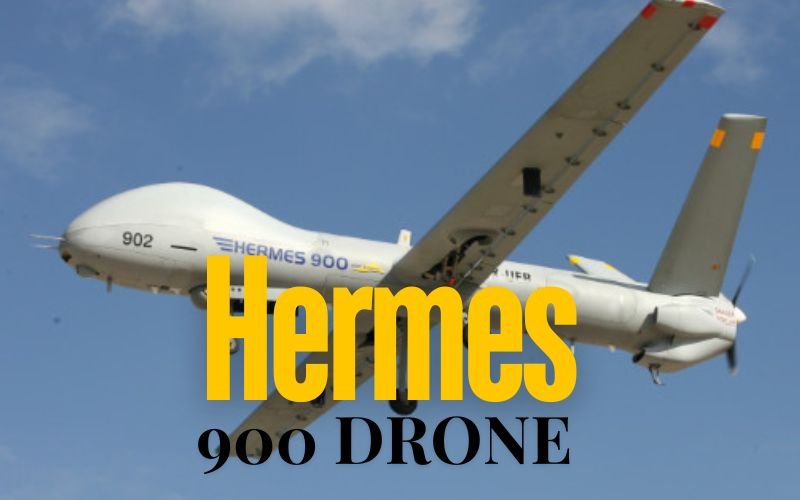
Indian Army to Boost Border Surveillance with Maiden Delivery of Hermes-900 Drone on May 18
The strategic move by the Indian Army to acquire the Hermes-900 Starliner drone, known as the Drishti-10, along with the Very Short Range Air Defence System (VSHORADS) and UAV-launched Precision Guided Munition (ULPGM), marks a significant enhancement in India’s defense capabilities along the Pakistan border.
The VSHORADS is a cutting-edge, fourth-generation air defense system designed to counter low-altitude aerial threats like UAVs, helicopters, and fighter aircraft. Its development represents a substantial leap in India’s ability to neutralize short-range airborne threats effectively.
On the other hand, the ULPGM is a sophisticated missile system specifically tailored for deployment on drones. It’s the first installment in a series of precision-guided munition missiles engineered for unmanned aerial vehicles, positioning India at the forefront of drone-enabled precision strike capabilities.
The deployment strategy involves stationing these drones at the Bhatinda base, providing comprehensive coverage of the entire western border with Pakistan. This acquisition aligns with the Indian Army’s ongoing efforts to strengthen border surveillance and security.
The procurement pattern indicates a systematic distribution of these drones among different branches of the military, with a focus on indigenization and compliance with ‘Make in India’ initiatives. Adani Defence’s collaboration with Israeli firm Elbit for technology transfer underscores the emphasis on indigenous production, with significant localization achieved.
These acquisitions expand the Indian Army’s surveillance arsenal, complementing existing drone assets like the Heron Mark 1 and Mark 2. Additionally, the Indian Navy’s deployment of these drones in Porbandar to monitor the maritime boundary with Pakistan highlights their versatility and extended operational range, contributing to enhanced security measures across both land and sea borders.



